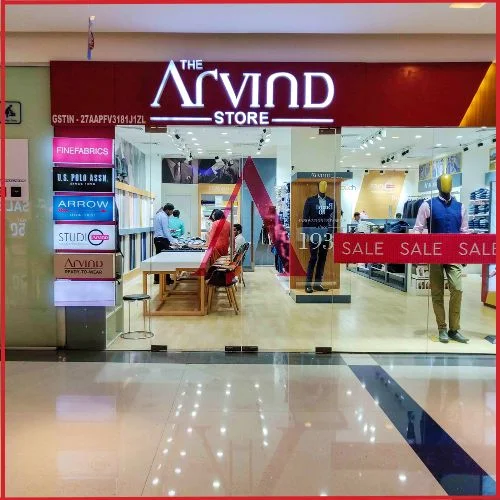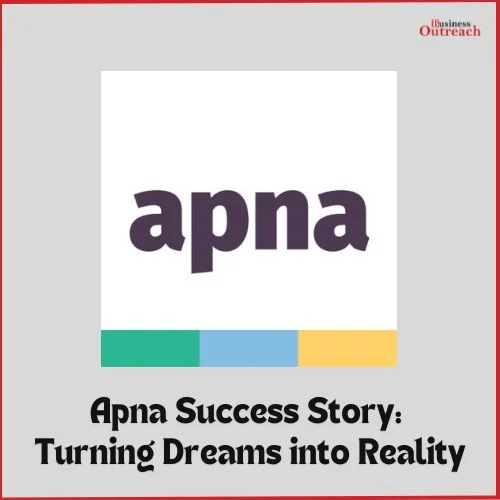According to Wood Mackenzie, the EU’s carbon emissions program is projected to dramatically boost the price of steel imports from India and China if completely implemented in 2034, while higher-emissions steel will likely move elsewhere.
A vital sector of the economy that significantly affects the world is steel production. Steel is employed in a variety of sectors, including industry, construction, transportation, and more. The nations that produce the majority of the world’s steel each have their own distinct difficulties and economic prospects.
Despite big manufacturers, there are still a lot of differences in the manufacturing of steel between big and small nations.
With each side contributing in accordance with their unique capabilities and the resources available within their individual borders, cross-border cooperation between more developed industrial nations also assist ensure that the world’s need for steel can be satisfied effectively.
The carbon border adjustment mechanism (CBAM), the world’s first of its type, will be implemented next month when importers of goods into the EU will be required to begin reporting on the emissions buried in their products.
Importers of steel products derived from iron ore will be required to pay for emissions in their shipments beginning in 2026.
According to WoodMac, iron and steel account for approximately 6% of the EU’s overall emissions, which are estimated at 2.72 gigatonnes of carbon dioxide equivalent per year.
According to the report, CBAM fees might raise the cost of supplied steel to the EU by 56% for India and 49% for China in 2034. According to World Steel Association statistics, China is the world’s greatest steel manufacturer, accounting for 54% of the worldwide total, followed by India at more than 6%.
“The cost of the CBAM for some of the key exporters to the EU could exceed $275 a tonne of finished steel. For reference, in 2022, the average import price of steel products covered by the CBAM was around $1,450 a tonne,” the consultancy said.
“For exporters, one initial response is likely to be a reorganization of sales to direct lower-emissions steel to the European market, while higher-emissions production is diverted to markets without carbon fees.”
According to WoodMac, the EU intends to monitor and confront these techniques, but it lacks a comprehensive action plan to avoid them. The EU did not reply quickly to a request for comment.
Since 2005, EU producers have been subject to a carbon price under the EU Emissions Trading System (ETS).
To avoid undermining trade-sensitive commodities, producers have been mainly shielded from real payments by receiving free emissions permits.















